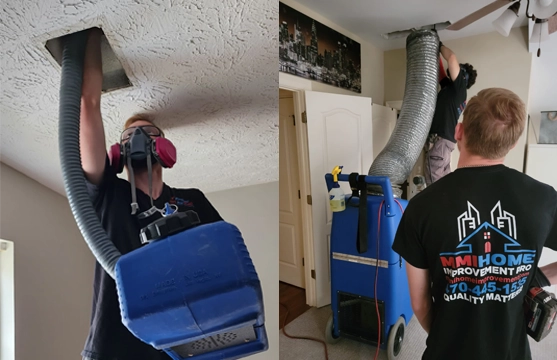Where is maintenance heading next? That’s the question on every operations leader’s mind as digital transformation sweeps through industries. One thing’s for sure—maintenance isn’t just about fixing what’s broken anymore. It’s becoming smarter, faster, and more connected than ever before.
A recent 2024 report by Research and Markets predicts the global maintenance management software market will surpass $15 billion by 2028, driven by the rise of IoT, predictive analytics, and cloud solutions. That’s not just growth—it’s a signal. Companies are investing in smarter tools to make data-driven decisions. Let’s break down the key trends shaping the future of maintenance and how forward-thinking teams are using them to stay one step ahead.
The Power of Predictive Analytics
This growth in technology is revolutionising how companies approach maintenance, with predictive analytics gaining traction. Predictive analytics utilise data from sensors as well as historical data to make predictions about when equipment is likely to fail—before it does. Such an approach will ensure that organisations never face unplanned downtimes, saving them a lot of time and money. Companies using predictive maintenance usually witness prolonged equipment life as well as improved operational efficiency.
Integration With IoT Devices
The Internet of Things (IoT) has transformed maintenance management. Real-time data obtained from IoT sensors and smart machines can be analysed to determine equipment health. Such connectivity allows maintenance teams to receive alerts in real-time and take corrective actions before the impact is felt. The integration of IoT with maintenance software is a boon for asset management and will only grow as IoT technology matures.
Rise of Mobile Applications
The role of mobile technology in the evolution of maintenance management. Mobile apps allow technicians to access data, change work orders, and check in with colleagues while they are out in the field or working remotely. That means a faster response time and better collaboration between the maintenance teams. Mobile apps make information available everywhere in the organisation and help leaders make informed decisions and allocate resources effectively.
Cloud-Based Solutions
The evolution of cloud computing has transformed the way we deploy software. Cloud-based maintenance management solutions offer scalability, flexibility, and cost-effectiveness as they do not demand server hardware setup, avoid upfront costs, and have the facility to pay as you go. Organisations can access their systems from anywhere, making remote work and collaboration easier. Cloud solutions eliminate the danger of losing stored data through data loss by protecting data with more effective storage and backup.
Incorporation of AI and ML
Due to their automation and intelligent learning capabilities, AI and ML are producing a paradigm shift in maintenance management. AI-powered algorithms quickly analyse large amounts of data to find patterns and determine the optimal maintenance schedule. Machine learning allows the systems to learn from previous experiences, making them more accurate with time. AI and ML contribute to streamlining maintenance processes with fewer human errors and improved asset performance.
Green Practices and Sustainability
Long-term organisational thinking has now placed a high priority on sustainability. With the use of maintenance management software, energy consumption and resource utilisation can be optimised, which contributes to the increase of eco-friendliness. Energy tracking and emissions tracking allow companies to utilise this data to create plans for improved sustainability. Sustainable maintenance gives double benefits to the planet and the company’s reputation and environmentally friendly customers.
Enhanced User Experience
Successful adoption of any software is closely tied to user experience. Maintenance management systems are now much more inclined towards providing intuitive interfaces and easy-to-use design. Easy navigation and custom dashboards enable users to view and interact with the software efficiently. This ensures that every feature of the software is used, keeping the maintenance teams happy and more productive.
Conclusion
The evolution of maintenance management software will continue to advance with technology and industry demands. These trends provide organisations with new levels of efficiency, reliability, and sustainability that can be gained through their adoption. Companies can harness predictive analytics and combine IoT with the integration of mobile applications, cloud-based solutions, AI, etc., to gain a competitive edge. The future of maintenance management is bright, and we look forward to a future where we operate optimally yet sustainably.


































